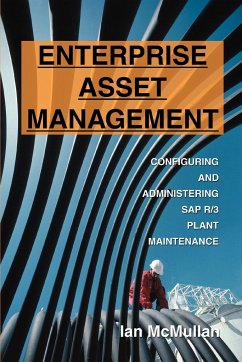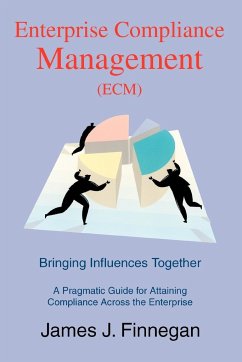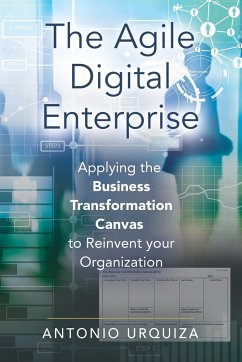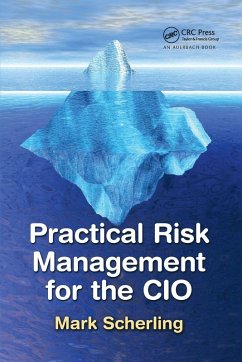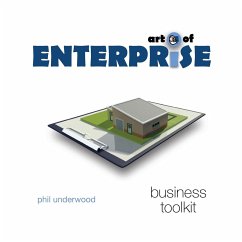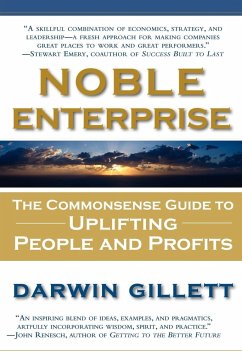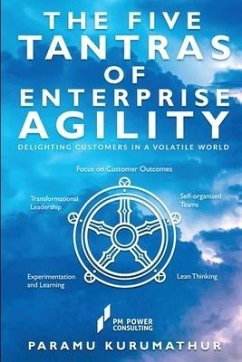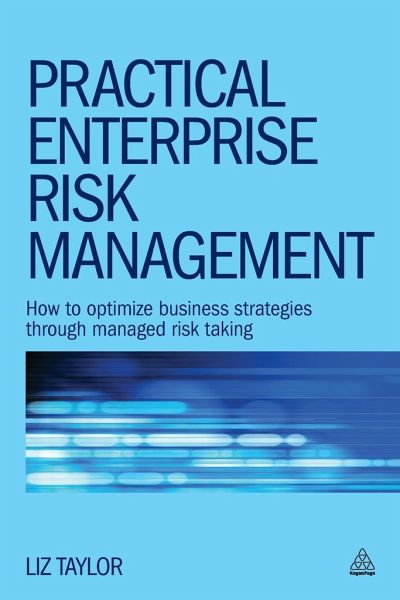
Practical Enterprise Risk Management
How to Optimize Business Strategies Through Managed Risk Taking

PAYBACK Punkte
23 °P sammeln!
Practical Enterprise Risk Management addresses the real need for organizations to take more managed risks in order to maximize business strategies and achieve long term goals. Based on ISO 31000 and applying current best practice, it provides templates and examples that can be adapted for any industry. Breaking down the theory on enterprise risk management, it helps you see risk as both an opportunity and a threat whilst giving you guidance on how to implement it. It provides models for Risk Adjusted Return on Capital to evaluate R.O.I and measure performance, advice on emergent risks, as well...
Practical Enterprise Risk Management addresses the real need for organizations to take more managed risks in order to maximize business strategies and achieve long term goals. Based on ISO 31000 and applying current best practice, it provides templates and examples that can be adapted for any industry. Breaking down the theory on enterprise risk management, it helps you see risk as both an opportunity and a threat whilst giving you guidance on how to implement it. It provides models for Risk Adjusted Return on Capital to evaluate R.O.I and measure performance, advice on emergent risks, as well as best practice and advice on risk communication, transparency and protecting the brand. Including a comprehensive overview of risk management responsibilities for boards, Practical Enterprise Risk Management lifts the lid on the whole process, helping you to embed ERM into your organization, reach your goals and take more, and more effective, managed risks.






